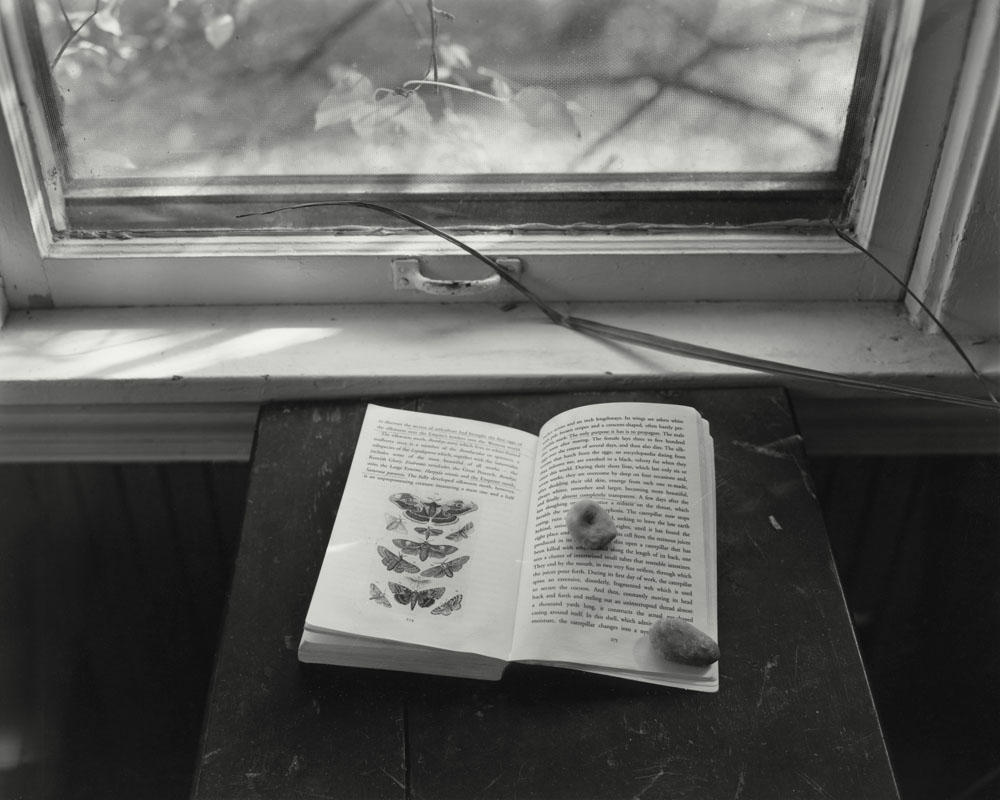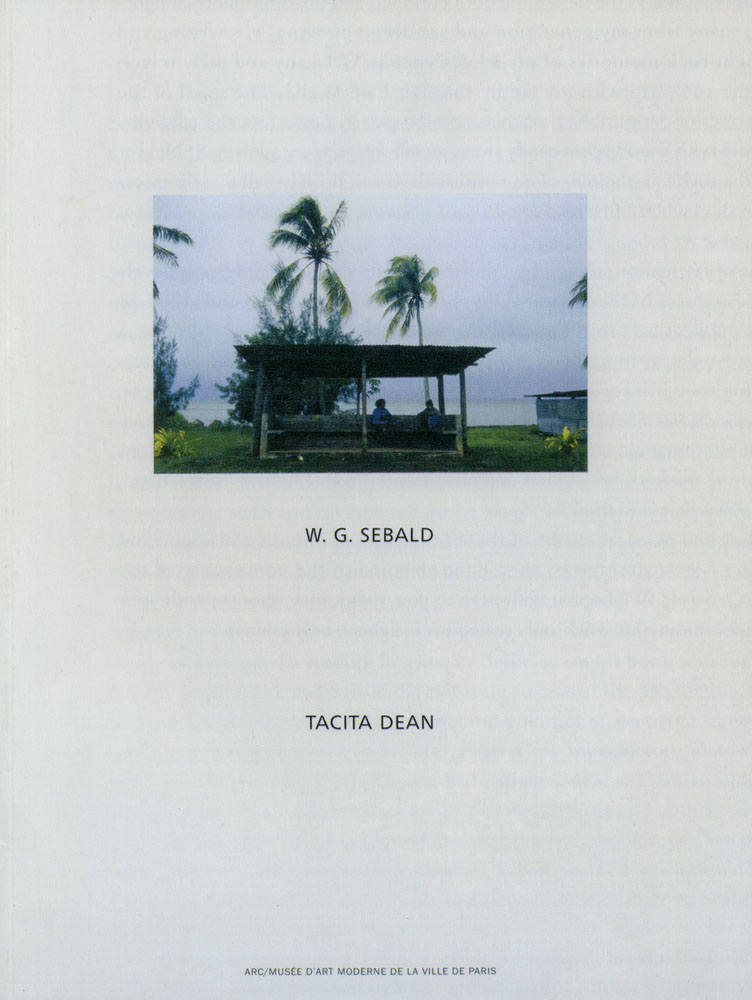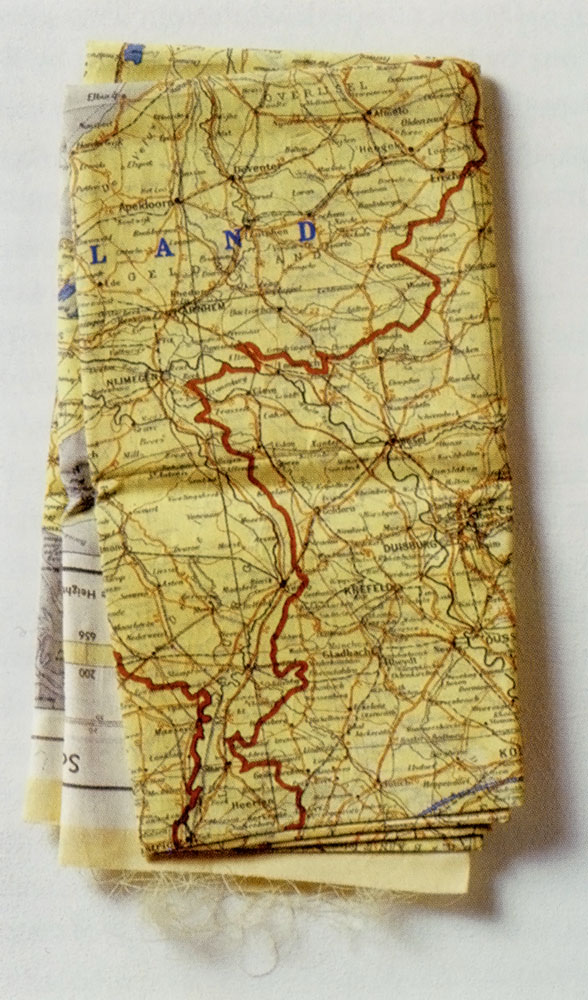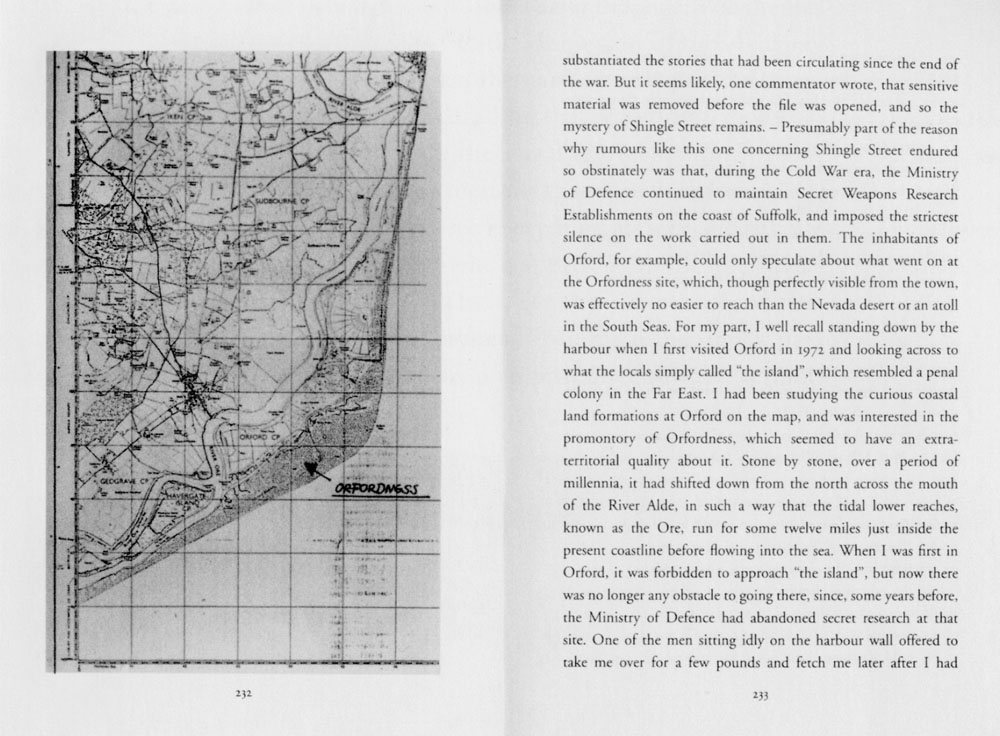Artist Blog
Every week an artist whose single image was published by Der Greif is given a platform in which to blog about contemporary photography.
The Rings of Saturn
Feb 05, 2014 - Allison Barnes
Over the next week I will be posting a selection of images by several artists whose work often deals with place and personal history. Though, I often find it difficult to write about those topics without contemplating W.G. Sebald and his wonderful hybrid of a book, which meditates upon travel, (auto)biography, myth and memoir, among other things. A historical expose, The Rings of Saturn is a record of a journey on foot through coastal East Anglia, England. The narrator, whom simultaneously is and is not Sebald, reveals biographical features through his movements in space. This form of writing that Sebald employs seeks to connect human lives to the perceived qualities of a region that shaped them, usually conveying a sense of perpetual arrival and departure. It is through a constellation of connections that the narrator/Sebald creates a story that evokes the history of people and cultures, both past and present. Throughout his odyssey, he encounters the sea, an entrepreneurial spirit, the summer landscape, the silkworm moth, and much more. Perhaps the most interesting aspect in all of Sebald’s books is his use of photography, which is why it may be that photographers are so intrigued by what his texts seem to assert – representation and memory. Each photograph is bound to a structure of reference, though he often questions historical and (auto)biographical truths, which confuses the reader even more in determining whether the narrator is Sebald or not. As a photographer, the question of truth is often pondered when one is attempting to capture the interplay of person and place. When echoing the sites and sights of one’s experiences, it can be difficult to mediate whether it is a moment that we know or one imagined. As the main character walks the landscape, it is the photographs that exhibit, in spiraling returns, layered meanings that can be drawn out by association with other images or by their sequence. This is something that many photographers try to achieve; for an image permits us to consider how we invest universal acts with discrete connotations. In his books there are photographs by unknown eyes as well as some from his own family photo-archive. Moreover, there are also images that Sebald took himself. Nevertheless, each photograph gives the reader the uncanny and compelling sense that they are looking through the eyes of the narrator. »Strange things happen when you aimlessly wander through the world… it is necessary to somehow capture and document these things. Of course, you can do this through writing, but the written word is not a true document at all. The photograph is the true document par excellence. People let themselves be convinced by a photograph« (Sebald). It is hard to sum up exactly how Sebald has inspired contemporary artists. His influence can be seen through multiple filters of art history, photographic studies, cultural theory, and even psychoanalysis. Publishing his first novel, Vertigo, in 1990, it wasn’t until 1997, five years after publishing his second novel, The Emigrants, that his texts were translated into English, with the translations overseen by Sebald himself. Yet within fifteen years after his first translation, his words have educed works from the likes of Tacita Dean and Helen Mirra, and authors such as Geoff Dyer and Robert Macfarlane, as well as my series, Autobiogeography. But his third novel, The Rings of Saturn, has left a significant impression within the course of art history; and an impression re-arranges everything that was there before it. If I have somehow stirred up a curiosity within you, I recommend the wonderfully compiled, Searching For Sebald: Photography After W.G. Sebald, published by the Institute of Cultural Inquiry. This 631-page guide offers many varying insights to the work of Sebald and the ideas behind the artwork created by those who have excavated the landscape of his prose. But of course, start with his third novel. »And yet, what we we be without memory? We would be be capable of ordering even the simplest of thoughts, the most sensitive heart would lost the ability to show affection, our existence would be a mere never-ending chain of meaningless moments, and there would not be the faintest trace of a past« - The Rings of Saturn










